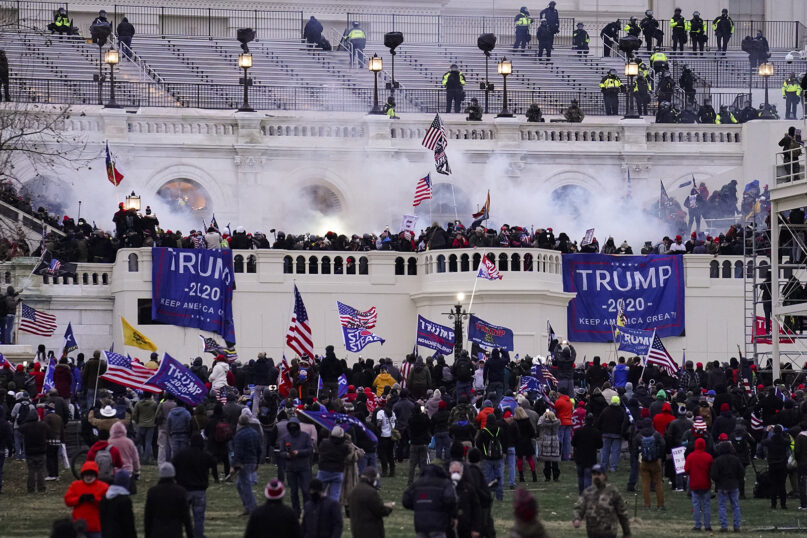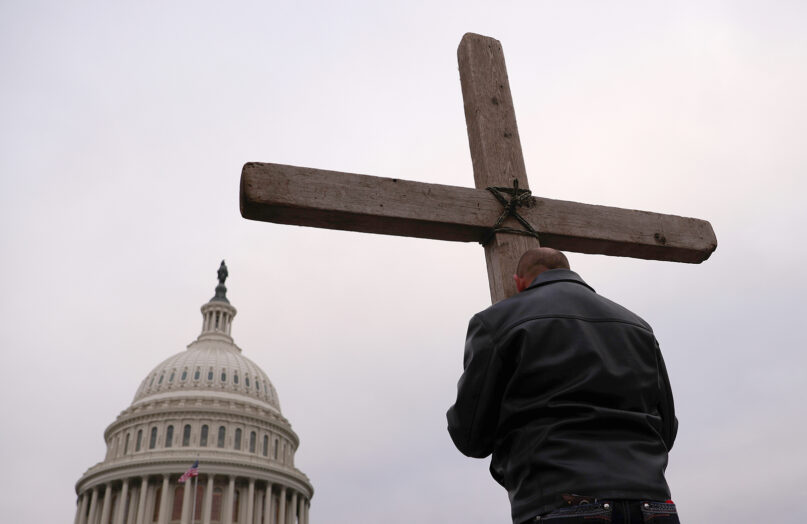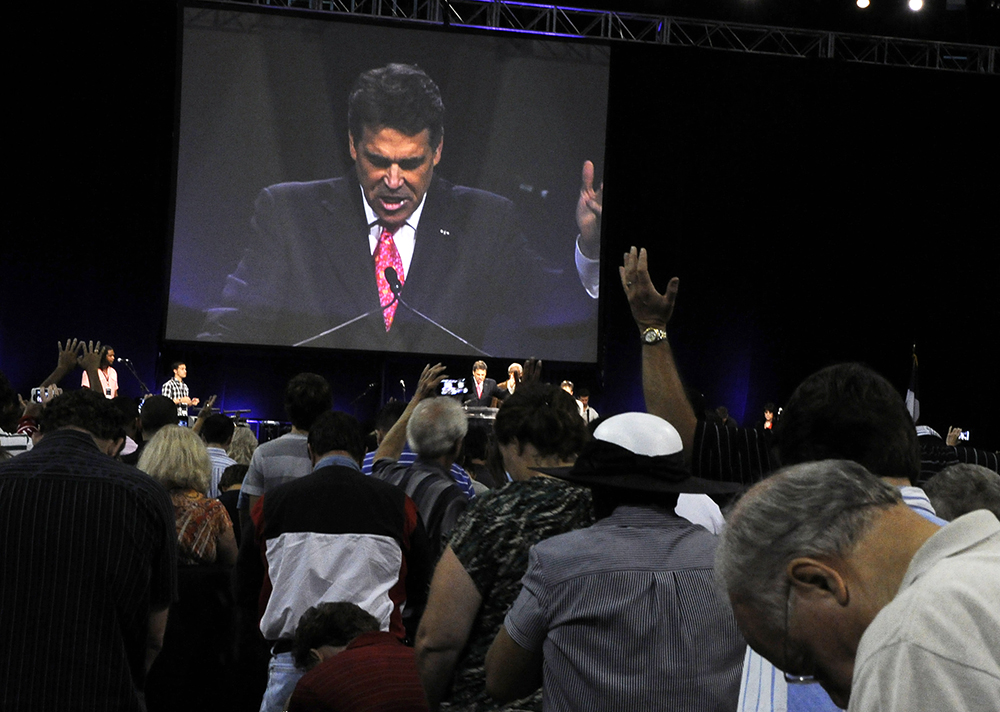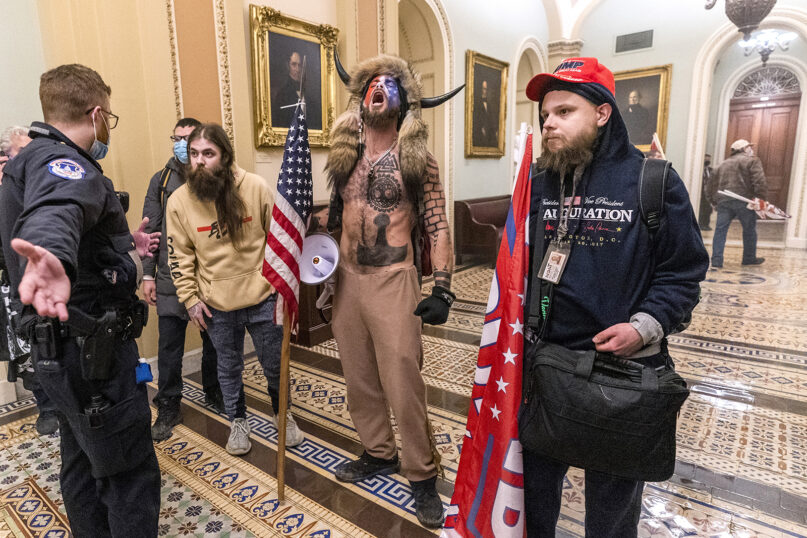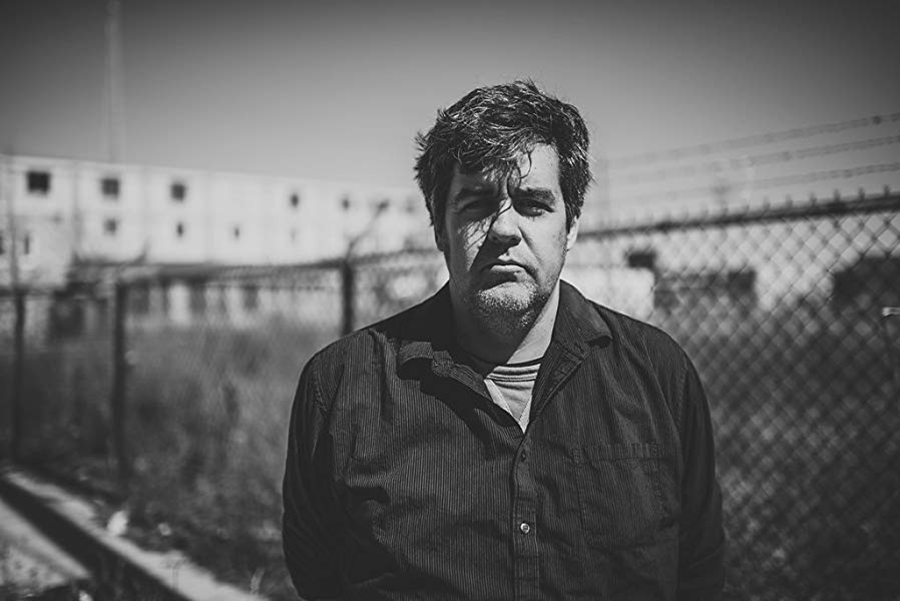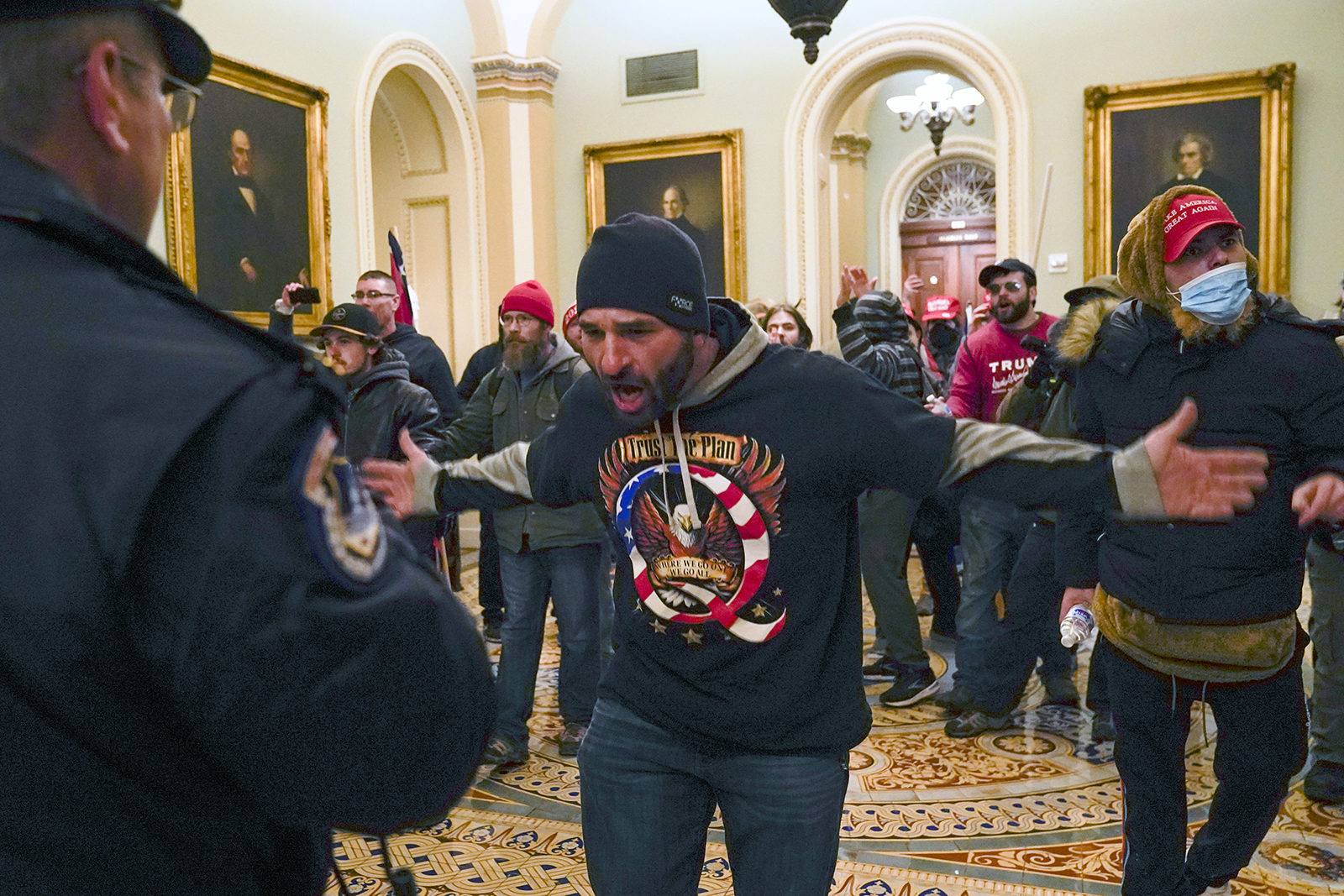BY KARLIN ITCHOAK, OPINION CONTRIBUTOR — 01/15/21

© Getty Images
On Jan. 6, the Trump administration — with the full support of Alaska’s congressional delegation — trampled the human rights of the Indigenous Gwich’in people and doubled down on the climate crisis by auctioning off the Arctic National Wildlife Refuge to the oil industry for a paltry $14.4 million.
In the 2017 Tax Cuts and Jobs Act, Republicans promised that lease sales in the refuge would bring at least $1 billion. Now, America’s biggest, greatest wild landscape has been sold for relative pocket change.
The Gwich’in call the coastal plain — a 1.6 million-acre strip of land at the edge of the Arctic Ocean in northeastern Alaska where drilling would occur — “Iizhik Gwats’an Gwandaii Goodlit,” or the Sacred Place Where Life Begins, because the caribou herd is vital to their history and culture and sustains their remote communities by providing the majority of their food. My relatives in the Arctic, the Iñupiat, rely on Arctic marine species for their cultural and traditional diet and spiritual wellbeing, which would be negatively impacted by increased oil infrastructure on Alaska’s North Slope.
Alaska Native peoples have protected this place for thousands of years, but the Trump administration didn’t care about Indigenous concerns. It repeatedly ignored pleas from the Gwich’in people for the government to respect their sovereignty and rights.
In August, the United Nations took extraordinary measures to call for an investigation into the United States regarding violations of the Gwich’in peoples’ human rights from proposed oil and gas development. After the government accelerated the leasing processes, the U.N. submitted a rare follow-up inquiry asking for further precautionary measures given the severity and urgency of the situation.
Nevertheless, proponents of drilling recklessly charged forward to ensure that leases were sold before the inauguration of President-elect Joe Biden, who has long opposed industrialization of the Arctic Refuge. They did this knowing the majority of people in the United States oppose drilling for oil and gas in the refuge. They did it knowing that instead of doubling down on oil, we should be looking for alternative energy sources that don’t harm people and our planet. They did it knowing that their scheme would likely permanently destroy the home for polar bears, wolves, migratory birds and the calving grounds of a 200,000-animal caribou herd. They knew they were throwing fuel on one of America’s highest-profile fights over climate and environmental justice.
Quite simply, the lease sale was irresponsible and should never have happened. The industry’s lack of interest is proof. Recognizing a bad prospect when they see one, none of the major oil companies submitted bids. They know the public opposes drilling, oil reserves are unproven and that the United States’ six largest banks have staked out positions against financing development in the refuge as have Canada’s five largest banks. The banks obviously see the potential for financial risk and reputational damage.
Enter the state of Alaska, which purchased nearly all of the tracts sold. The state made a legally questionable decision to pour more than $12 million, almost the entirety of the bids received in the lease sail, into the scheme via the Alaska Industrial Development and Export Authority because a few key people in the state feared the embarrassment of a federal lease sale attracting zero bids from oil companies. As an Alaskan whose ancestors have been here since time immemorial, I could not be more disappointed in the state’s actions, and its indifference to the harm that will be caused to the Gwich’in and to my fellow Alaskans who are already being harmed by our state’s budget cuts.
Amid a major budget crisis, Alaska threw millions of dollars into leases we could not afford, and that no one else wanted. It illustrates how much our state leaders are incapable of imagining a post-oil economy as North Slope production creeps toward its inevitable decline.
Those of us who work to protect the Arctic Refuge find hope in the election of Biden and Vice President Kamala Harris, and their commitment to make the Arctic Refuge a priority. We encourage their administration to explore all viable options and to take immediate, decisive action to halt any oil and gas development activities from moving forward in the refuge.
We hope the Biden-Harris administration — including Rep. Deb Haaland (D-N.M.), who is set to become the first Indigenous leader to serve as secretary of Interior — will work with local Indigenous communities to identify a feasible, long-term plan that includes Indigenous people in management of the Arctic Refuge. We know it’s possible to address the climate crisis and preserve the coastal plain for generations to come, while still allowing for responsible and sustainable economic development.
Native peoples have occupied the Arctic and have been stewards of the land for millennia, just as we have successfully stewarded lands across the United States. Our involvement in management of public lands is crucial, and key to protecting our inherent inalienable rights and for protecting Mother Earth.
Karlin Itchoak is the Alaska state director for The Wilderness Society. Follow the organization on Twitter @Wilderness.




